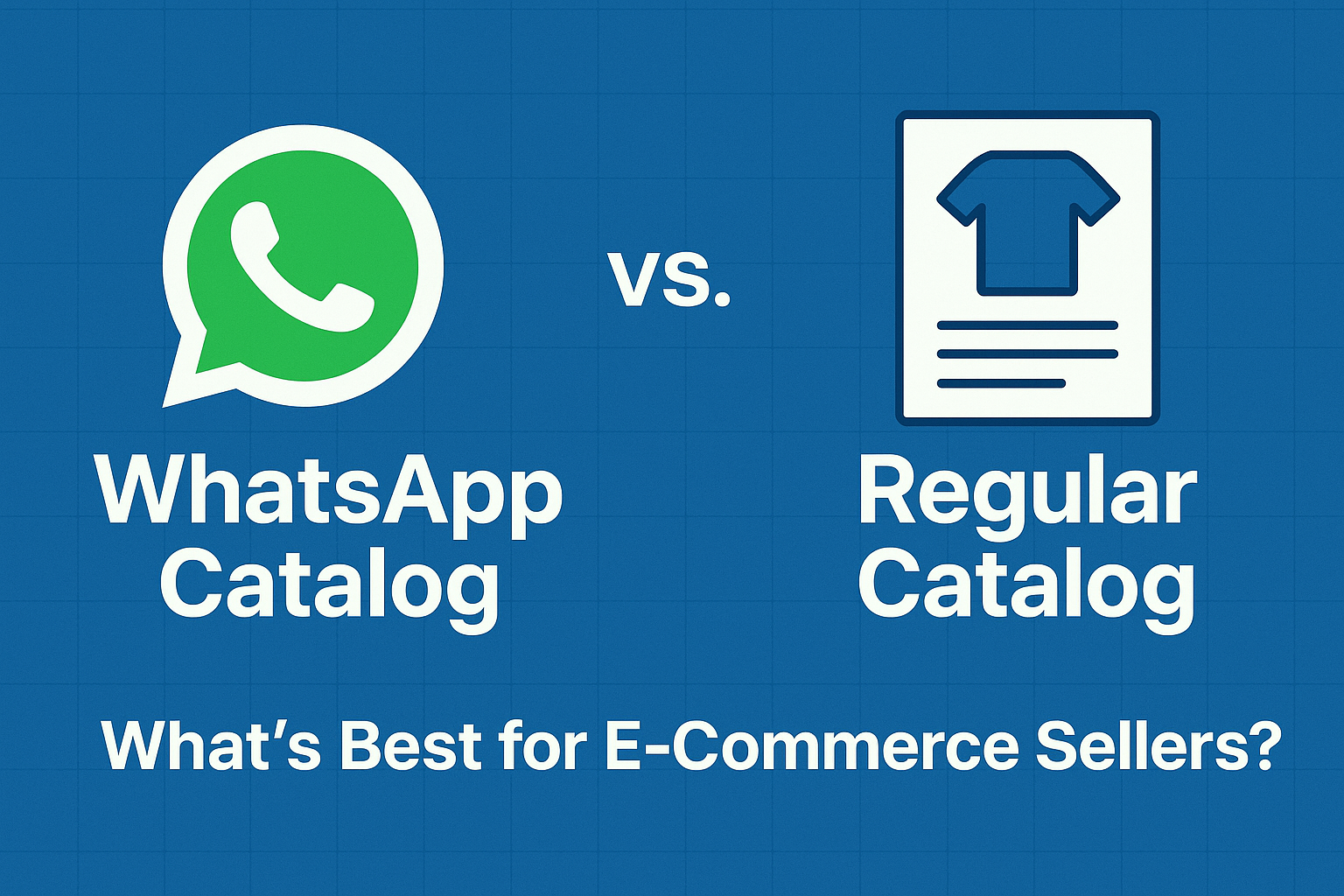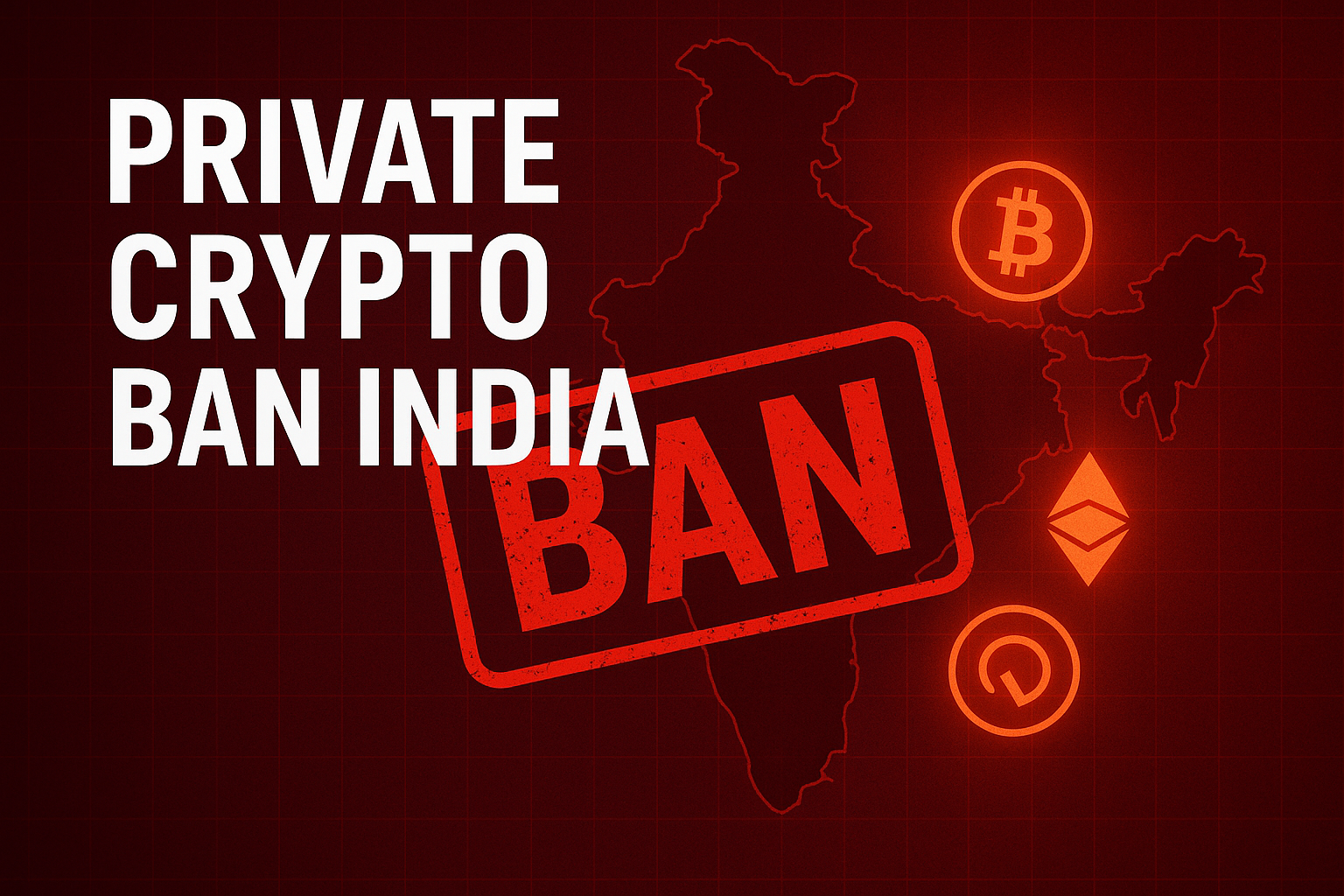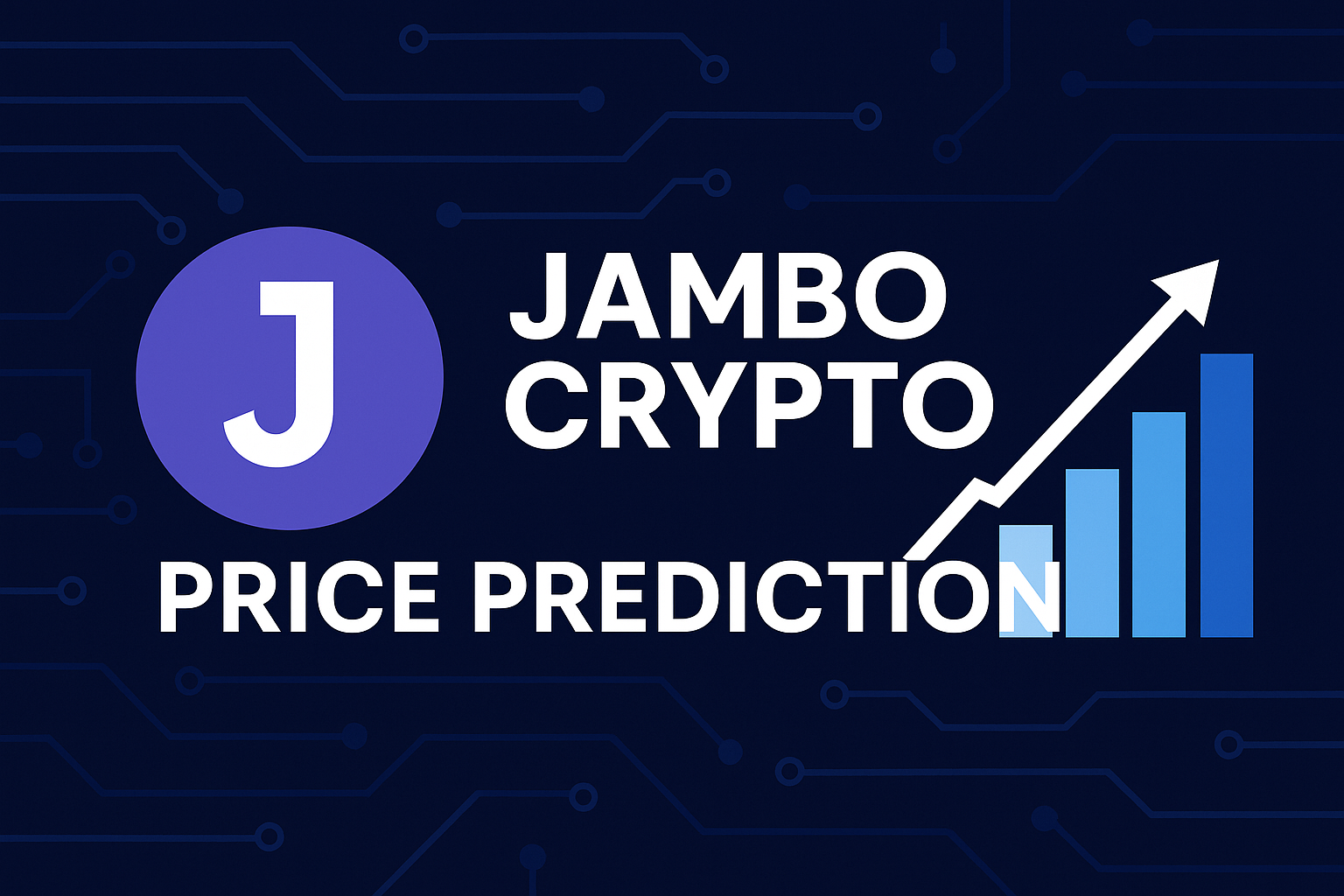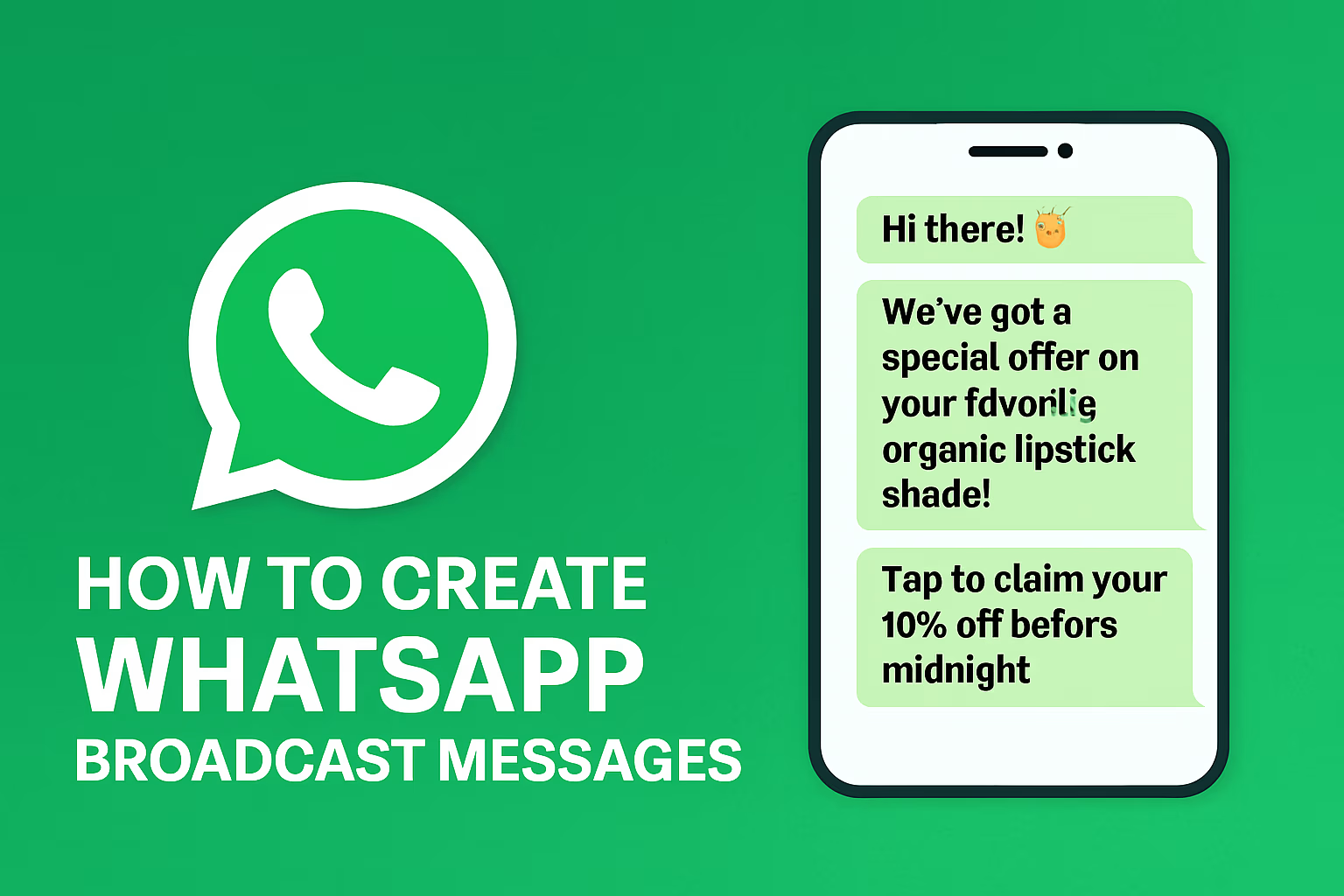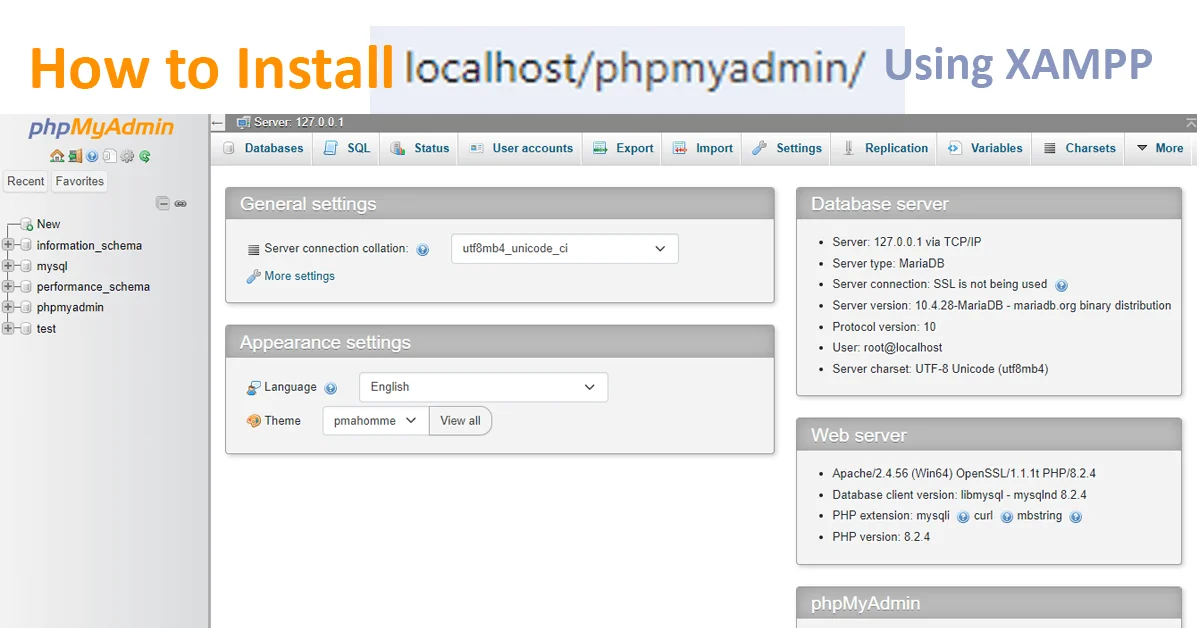Starting a Digital Product is easier but the success of digital product largely depends on an effective marketing strategy. Digital product marketing revolves around leveraging different approaches to reach your target audience, increase brand awareness, and drive sales. Two of the most common methods are organic marketing and paid marketing. Each has its strengths and weaknesses, and choosing the right strategy depends on your goals, budget, and resources. In this blog, we will dive deep into organic marketing for digital products and paid marketing for digital products, exploring their advantages, limitations, and the scenarios where each works best.
Understanding Organic Marketing for Digital Products
Organic marketing refers to all the unpaid strategies used to promote digital products and engage with audiences. This approach relies on building trust and relationships with potential customers over time. It’s a long-term game that requires consistency, creativity, and patience.
Key Components of Organic Marketing:
Organic Marketing is done through multiple channels, but this approach is something that will take time to show you results. Here are some famous approaches followed in the Digital Marketing Domain for organic marketing.
Search Engine Optimization (SEO):
- Optimizing your website and content to rank higher on search engine results pages (SERPs).
- Examples include keyword research, on-page SEO, backlinking, and creating high-quality content.
- Creating valuable blog posts, videos, eBooks, or infographics that resonate with your audience.
- Sharing success stories, how-to guides, or industry insights to build credibility.
Social Media Engagement:
- Building and maintaining active social media profiles.
- Engaging with followers through posts, stories, comments, and direct messages.
- Creating a newsletter or email sequence to keep potential customers informed and engaged.
Community Building:
- Developing communities around your digital product through forums, groups, or discussion platforms like Reddit or Quora.
It is hardly possible for any new business or brand to get quick results with organic marketing. However, there are tons of benefits associated with organic marketing that compel people to start.

Benefits of Organic Marketing for Digital Products:
Organic marketing is a powerful strategy for promoting digital products with minimal financial investment. It focuses on creating lasting relationships and trust with your audience, making it ideal for businesses aiming for long-term growth. Below are some key benefits:
- Cost-Effective: Organic marketing does not require a significant upfront investment. The main costs involve time and effort.
- Builds Trust and Authority: Content that provides value helps establish your brand as an authority in your niche.
- Long-Term Results: Once established, organic strategies can drive consistent traffic without ongoing ad spend.
- High Engagement: Building relationships with your audience often leads to stronger customer loyalty.
Organic marketing is the cornerstone of a sustainable digital product marketing strategy, focusing on nurturing relationships and delivering long-term results. Combining these benefits ensures an impactful and cost-efficient marketing approach.
Limitations of Organic Marketing for New Business:
Organic marketing is an excellent strategy for long-term growth, but for new businesses, it comes with challenges that can’t be ignored. While cost-effective, organic methods require significant time and effort, which may not suit businesses needing quick results. Here are some limitations:
- Slow Results: Organic marketing takes months to build visibility and gain traction. This can be discouraging for businesses seeking immediate outcomes.
- High Competition: Standing out in saturated markets can be difficult without an established presence or authority.
- Consistent Effort Required: Regular content creation, engagement, and optimization are necessary, demanding time and resources.
- Limited Reach Initially: Without a strong existing audience, new businesses struggle to gain organic traffic early on.
- Dependence on Algorithms: Platforms like Google and social media constantly update algorithms, which may affect organic visibility.
Read More: 5 Important Tips for Every Startup in India
Exploring Paid Marketing for Digital Products:
Paid marketing involves spending money on advertising platforms to promote your digital products. This approach is often used to generate quick results and reach a broader audience in a short amount of time.

Key Channels for Paid Marketing:
There are multiple platforms for digital product marketing available that allow you to run ads and get quick results. Here are some of the most commonly used platforms for Advertisement.
Pay-Per-Click (PPC) Advertising:
- Platforms like Google Ads allow you to bid on keywords and display ads on search results pages.
- Running ads on platforms like Facebook, Instagram, LinkedIn, or Snapchat to reach specific demographics.
Top 10 Benefits of Social Media Marketing | 2025
Display Advertising:
- Banner ads are displayed on websites or apps.
Influencer Partnerships:
- Collaborating with influencers to promote your digital product.
- Partnering with affiliates who earn a commission for promoting and selling your product.

Benefits of Paid Marketing for Digital Products:
Paid marketing offers an excellent opportunity for businesses to gain quick visibility and drive targeted traffic to their digital products. It allows companies to bypass the time-intensive nature of organic strategies and deliver results rapidly. Below are the key benefits:
- Immediate Visibility: Paid ads place your digital product directly in front of your target audience, often leading to instant clicks and conversions.
- Precise Targeting: Platforms like Google Ads and social media allow advanced targeting based on demographics, interests, behaviors, and more.
- Scalability: Paid campaigns can quickly scale up with an additional budget, increasing your reach and impact as your business grows.
- Measurable Results: Paid marketing provides detailed analytics, helping you track ROI and optimize campaigns for better performance.
- Increased Brand Awareness: Running ads consistently helps your brand stay top-of-mind with your audience, especially in competitive markets.
When used effectively, paid marketing can significantly boost digital product sales and establish a strong market presence.
Limitations of Paid Marketing:
Paid marketing can be a powerful tool, but it comes with specific challenges that businesses should consider before relying on it entirely. Here are the main limitations:
- High Costs: Running paid ads can quickly drain budgets, especially in competitive markets where bidding for ad placements is expensive.
- Short-Term Impact: Once the ad campaign ends, the traffic and conversions typically stop unless you keep spending.
- Ad Fatigue: Audiences may lose interest in seeing the same ads repeatedly, reducing their effectiveness over time.
- Requires Expertise: Paid campaigns demand in-depth knowledge of platforms like Google Ads and Facebook Ads to optimize performance and ROI effectively.
- Risk of Low ROI: Without proper targeting and strategy, paid marketing may not yield the expected results, leading to wasted ad spend.
While paid marketing is excellent for quick wins, relying on it exclusively without a clear strategy or budget can lead to diminishing returns over time.
Comparing Organic and Paid Marketing for Digital Products:
When deciding between organic and paid marketing for digital products, understanding the strengths and limitations of each is essential. Here’s a quick comparison:
| Factor | Organic Marketing | Paid Marketing |
| Cost | Low (mostly time and effort) | High (requires a substantial budget) |
| Speed | Slow (takes months to show results) | Fast (can generate immediate traffic) |
| Longevity | Long-lasting (continues to drive traffic over time) | Short-lived (stops working without funding) |
| Engagement | High (focuses on building relationships) | Moderate (transactional in nature) |
| Targeting | General audience reach | Specific and precise targeting |
| Expertise Needed | Medium (requires knowledge of SEO, content, etc.) | High (requires knowledge of advertising platforms) |
| Scalability | Limited (time-intensive) | High (budget-dependent) |
Which Marketing Strategy Works Best for Digital Products?
The answer depends on your specific goals, resources, and timeline. Let’s break it down further:
When to Focus on Organic Marketing for Digital Product
- Limited Budget: If your resources are constrained, organic marketing is a cost-effective way to promote your product.
- Long-Term Goals: If your primary goal is to build brand trust and authority over time, organic strategies are ideal.
- Engagement and Loyalty: Organic marketing helps create meaningful connections with your audience, leading to long-term customer loyalty.
When to Focus on Paid Marketing for Digital Product
- Quick Results Needed: Paid marketing is the way to go if you want to boost sales or traffic in a short period.
- Launching a New Product: When launching a digital product, paid campaigns can help create buzz and drive initial interest.
- Highly Competitive Markets: In industries where organic growth is slow, paid campaigns can help you stand out.

Combining Organic and Paid Marketing: The Hybrid Approach for Digital Product
For the best results, many businesses combine both organic and paid marketing strategies. Here’s how you can integrate the two for effective digital product marketing:
- Leverage Paid Ads for Quick Wins: Use PPC and social media ads to drive initial traffic and awareness.
- Build Organic Strategies Alongside: While running paid campaigns, invest in SEO and content marketing to create a long-term presence.
- Retargeting: Use paid ads to retarget visitors who discovered your product through organic channels but didn’t convert.
- Data Sharing: Use insights from paid campaigns (e.g., audience demographics and preferences) to inform your organic strategies.
A balanced approach will allow you to leverage the strengths of both. It is often the most effective way to promote your digital product.
Real-Life Examples of Organic and Paid Marketing:
Both organic and paid marketing strategies have proven effective for digital product marketing when applied appropriately. Here’s how some companies have used each method:
Organic Marketing Example:
- HubSpot: HubSpot excels in organic marketing by offering free resources like blogs, webinars, and tools. Their high-value content builds trust, engages audiences, and generates consistent organic traffic.
Paid Marketing Example:
- Canva: Canva uses paid social media ads extensively to promote its Pro subscription. Their targeted campaigns focus on demographics like designers, marketers, and students to quickly convert leads into paying customers.
Hybrid Approach Example:
- Amazon: Amazon integrates paid search ads to drive instant visibility with organic strategies like user reviews and personalized recommendations to build long-term customer trust.
Each of these examples highlights the effectiveness of combining tailored strategies for maximizing digital product marketing success.

Check the Step by Step Guide to Start your Digital Product Journey:
Step: 1 How to Start a Digital Product Business | 2025
Step: 2 10 Steps to Start Selling Digital Products without experience
Step: 3 List of Best Platforms to Sell Digital Products in 2025
Step: 4 How to Identify the Right Target Audience for Your Digital Products
Step: 5: Cost of Starting a Digital Product Business in 2025
Step: 6 Digital Products Marketing: Organic vs Paid | What Works Best
Final Thoughts on Using Paid and Organic Marketing for Digital Products:
Both organic and paid marketing have their place in a successful digital product marketing strategy. Organic marketing builds trust and ensures long-term growth, while paid marketing delivers immediate results and precise targeting.
By analyzing your goals, budget, and resources, you can create a customized strategy that maximizes your marketing ROI and ensures the success of your digital products. Start small, measure results, and refine your approach for continuous improvement.
FAQs:
What is organic marketing for digital products?
Organic marketing focuses on unpaid strategies like SEO, content marketing, and social media engagement to promote digital products.
How does paid marketing benefit digital product promotion?
Paid marketing provides instant visibility, precise audience targeting, and measurable results through ads on platforms like Google and Facebook.
Can organic and paid marketing work together?
Yes, combining organic and paid strategies enhances reach and balances short-term and long-term marketing goals for digital products.
Which is better for startups: organic or paid marketing?
Startups can benefit from paid marketing for quick results and organic marketing for sustainable, long-term growth.
What’s the cost difference between organic and paid marketing?
Organic marketing is cost-effective but time-intensive, while paid marketing requires a significant budget for instant results.


